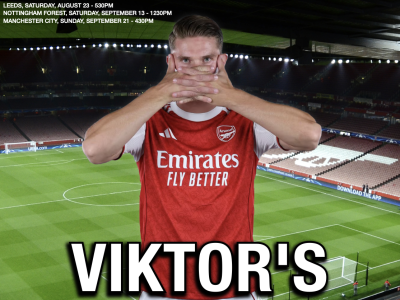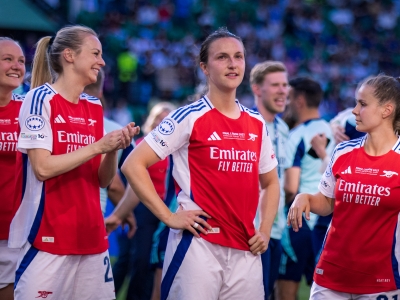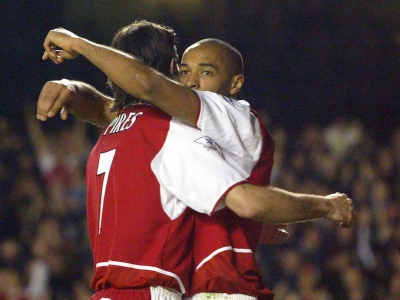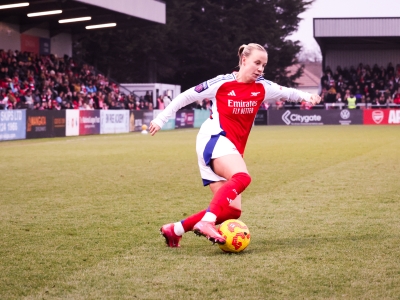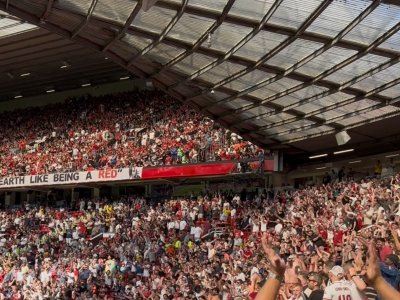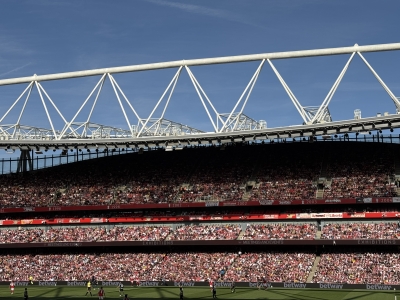In the last decade, the relationship between sports and gaming has shifted from occasional crossovers to deliberate, long-term alliances. Sports clubs, once focused almost entirely on the physical arena, have discovered the digital one to be just as crucial for their growth. Game studios, on the other hand, are always hunting for strong narratives, recognizable brands, and built-in communities. When the two meet, they create something neither could achieve alone — a blend of history, passion, and innovation.
Not all of these collaborations stick to the familiar territory of sports simulations. Some borrow design and engagement techniques from other corners of the digital entertainment world. One surprising example is the influence of Arabic casinos online, where immersive visuals, steady reward systems, and a sense of constant activity keep users hooked. The aesthetic and engagement style — seen in places like ( ?????? ??????? ) —can be reimagined for sports games, offering fans challenges, loyalty perks, and themed events without changing the heart of the sport.
For sports clubs, the benefits they bring to the table are obvious:
Heritage and recognition – Years, sometimes centuries, of history give their brand weight and authenticity.
A ready-made audience – Supporters who are already deeply invested in their club are eager to try new ways of connecting with it.
Game studios add their own magic.
They can turn the tension of a final match into a playable moment, let fans rewrite history, or design fantastical tournaments and stadiums that couldn’t exist in the real world. The key is collaboration from the earliest stages. If a club and a studio plan together, they can launch a game side by side with a new kit, or tie in special in-game items to real match days. Done well, fans move seamlessly between the two worlds.
Financially, the possibilities are just as exciting:
Game sales and in-game extras – Virtual jerseys, commemorative player cards, and exclusive arena designs can be sold to a global market.
Sponsorship integration – Real-world sponsors can gain extra visibility when their branding appears inside a popular sports game.
In some cases, the design of these extras is inspired by the structure of Arabic casinos online. Features like tiered rewards, timed events, and evolving challenges can keep players coming back, even if the setting is a football pitch instead of a casino floor. The concept — rewarding engagement — works just as well in a sports context.
Cultural adaptation is another strength of these partnerships.
A basketball game aimed at fans in Europe might feature commentary in multiple languages, while a cricket game for South Asia could include stadiums modeled on real venues. By weaving in authentic local touches, studios make players feel recognized and valued.
Technology is widening the scope even further. With virtual reality, a supporter could walk the tunnel onto the field, or tour their club’s trophy room without leaving home. Augmented reality might overlay live stats during a match watch party. Studios with access to official club imagery and archives can build experiences that feel both personal and official.
Community matters too. Multiplayer sports titles foster camaraderie, rivalries, and collective celebrations, echoing the atmosphere of real matches. Borrowing elements from Arabic casinos online, like seasonal leaderboards or shared milestone rewards, helps maintain that energy over time.
In the end, these partnerships aren’t about replacing the live game; they’re about extending its reach. For sports clubs, it’s a bridge to younger fans who live in digital spaces. For game studios, it’s a chance to ground their creations in real-world drama. Together, they’re shaping the future of fandom — one where the roar of the stadium blends seamlessly with the buzz of the online arena.


